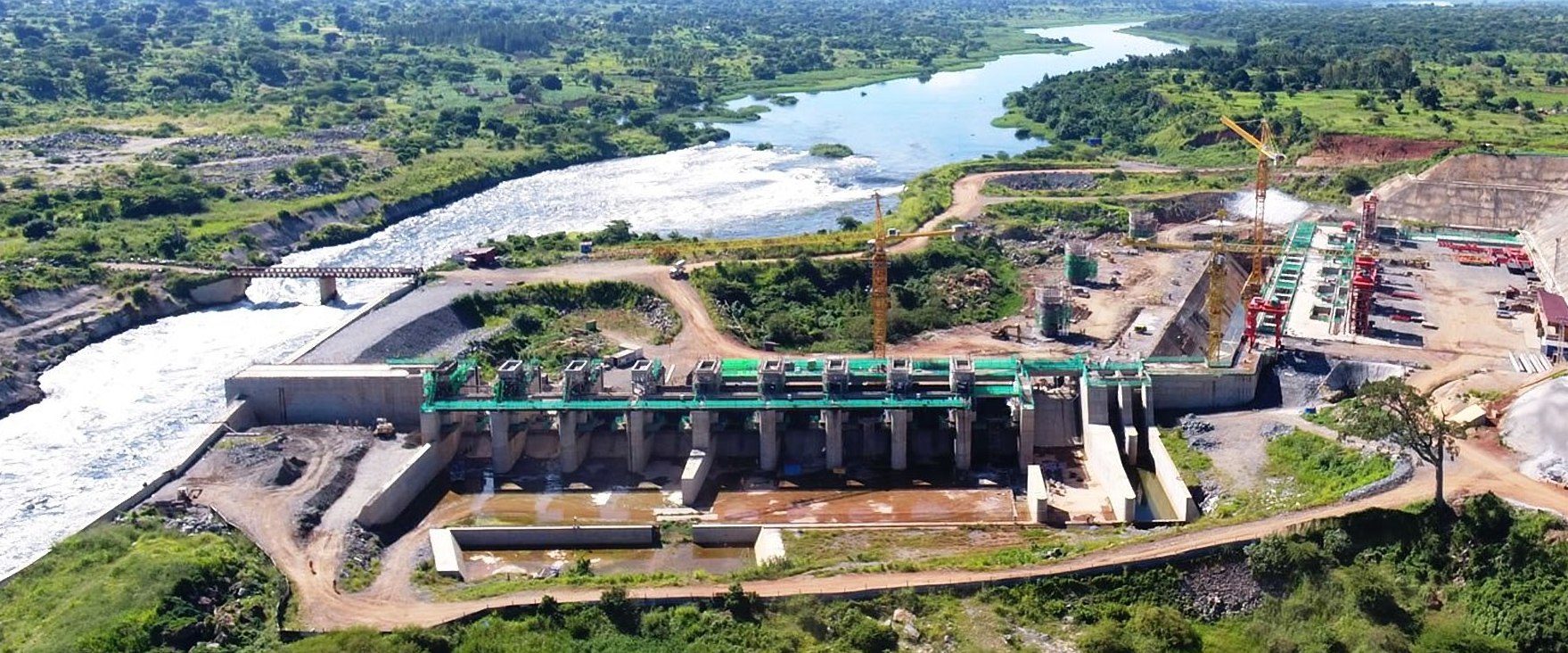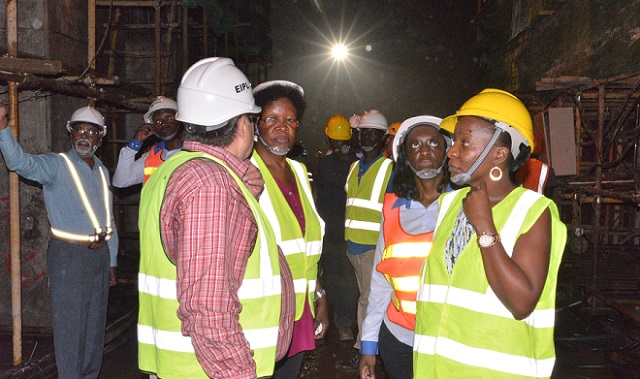
KAMPALA – The Uganda Electricity Generation Company Ltd (UEGCL) has said works on the 600MW Karuma hydro-power project are on schedule and that the contractor will beat the December deadline.
With about five months left to the project completion deadline, the project has been hit by land compensation demands, with government yet to acquire some sections of the land on which key project components such as water reservoirs will be established.
However, Mr Muhammad Lubogo, the Karuma project spokesperson, on Tuesday said key civil and electro-mechanical components of the dam have been installed, pushing the work progress to 80.1 per cent.
“We are very sure that by December [2018] the project will be unveiled because significant progress has been realised. By the end of July, key electro-mechanical components like the rotor, stator, turbine runners, and shafts had been availed to the site and installed,” Mr Lubogo said.

Mr Deng Chang Yi, the project manager of Sinohydro, said the first of the six generator step up (GSU) transformers arrived from China two weeks ago and have installed.
“The GSU transformer delivery is an important milestone for the Karuma hydropower project and it means the installation of the auxiliary system of the power station can start immediately,” Mr Chang Yi said.
Under the project, three transmission lines will take power from Karuma to Olwiyo, Kawanda and Lira power stations before they are fed into different distribution substations for final consumption.
The lines include the 240km Karuma-Kawanda, 80km Karuma-Lira and the 55km Karuma-Olwiyo transmission lines.
The dam is financed through a $1.7 billion loan from the Exim Bank of China and was commissioned in August 2013.
Once completed, the $1.7 billion (about Shs 5 trillion) project is expected to add 600MW to the national grid.
Currently, Uganda’s electricity generation capacity is 950MW, including all other sources such as solar and thermal generators. The dam has an underground powerhouse, which shall receive water to move the turbines through a mosaic of tunnels and ducts, making it the first of its kind in Africa.





